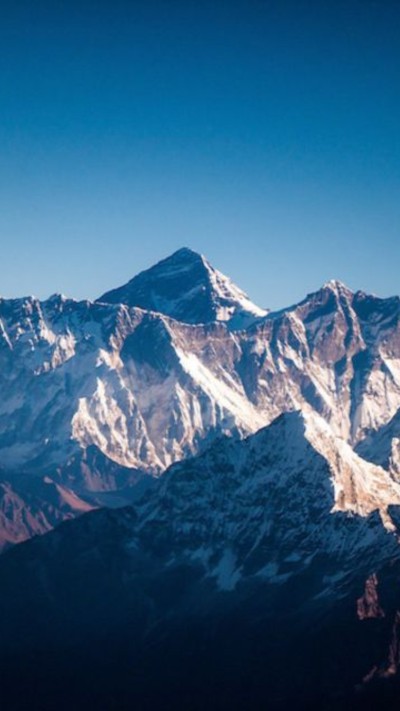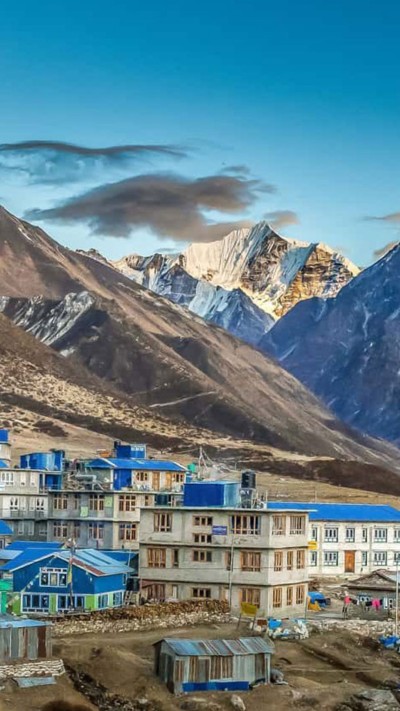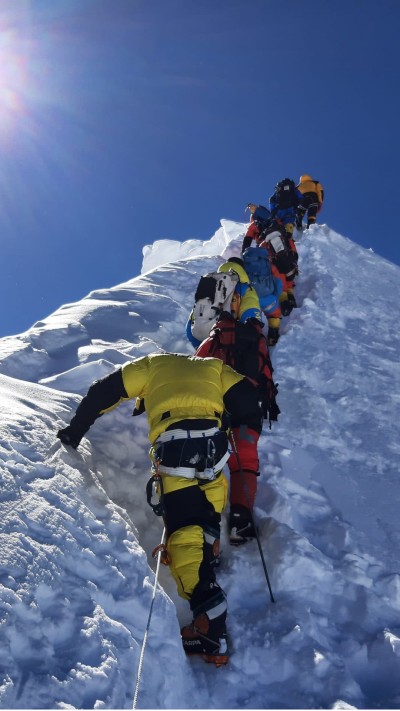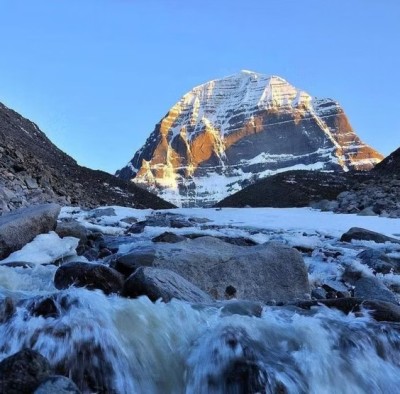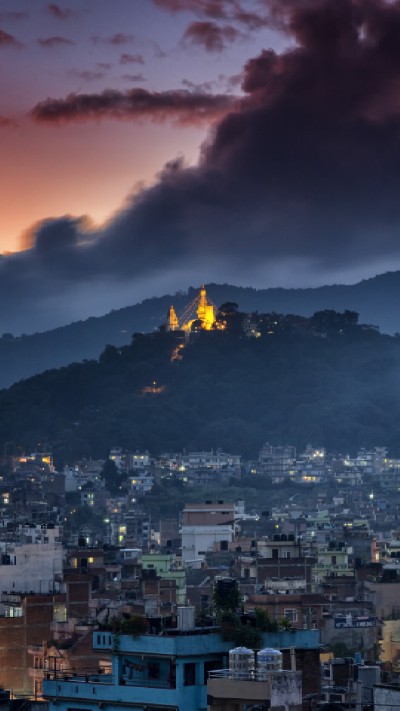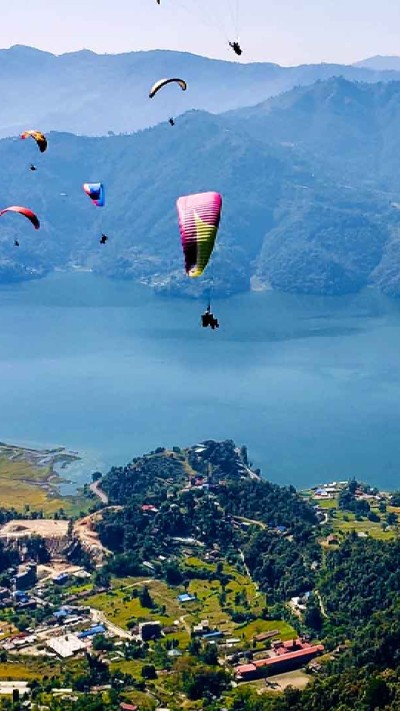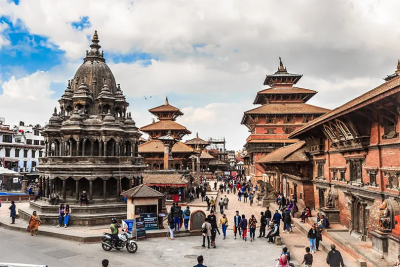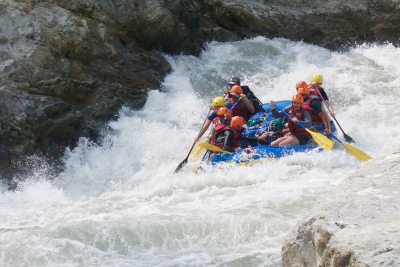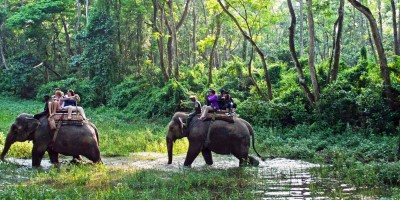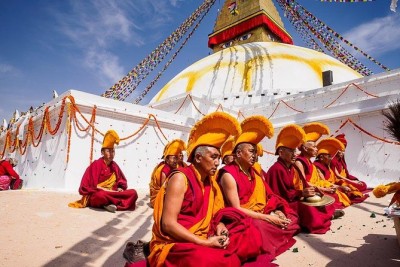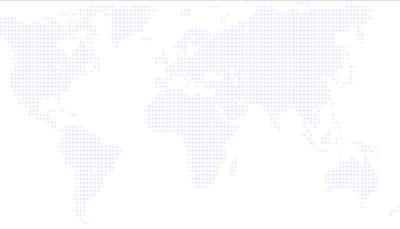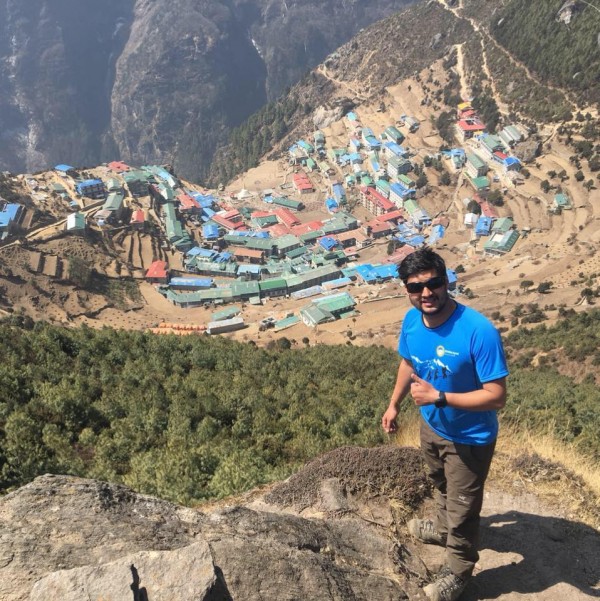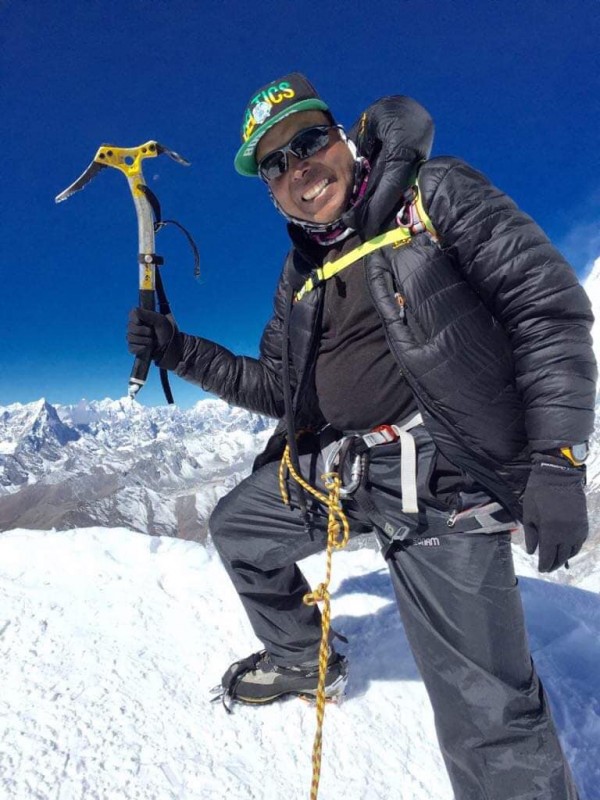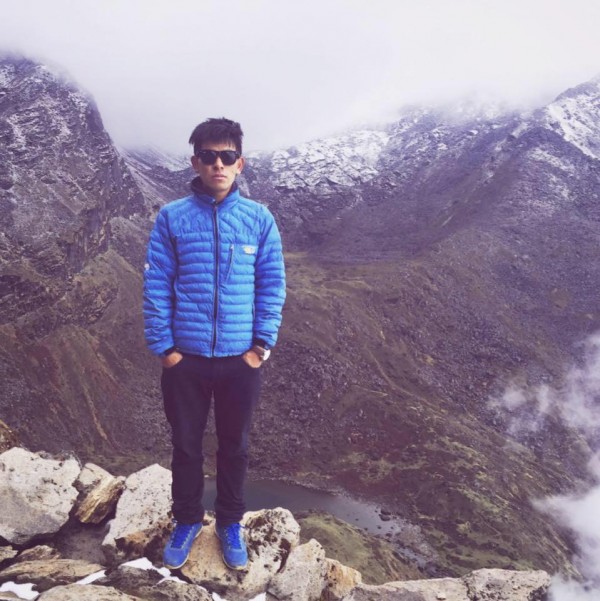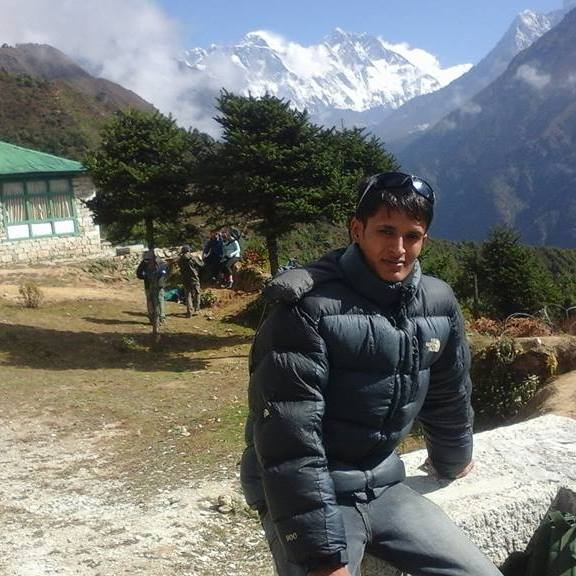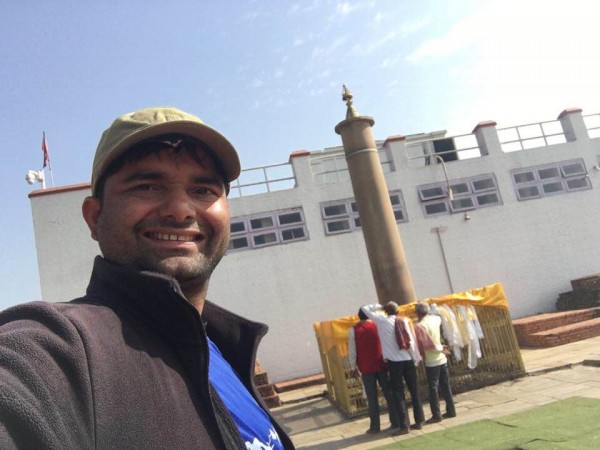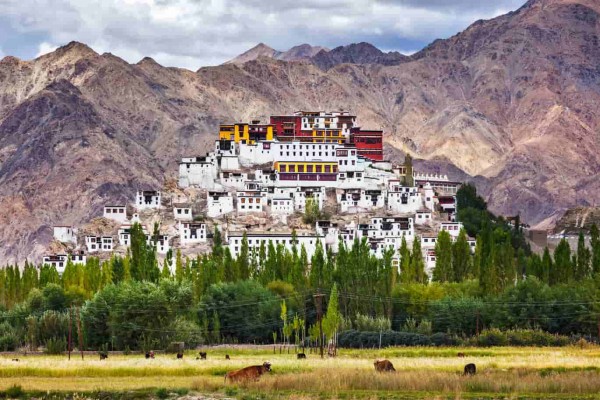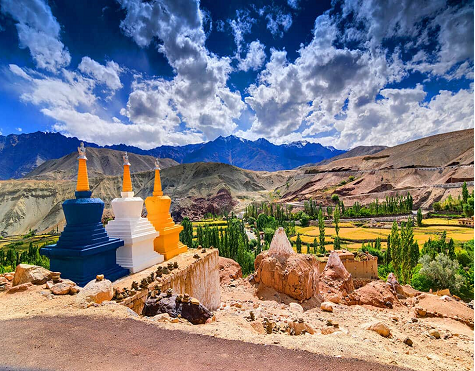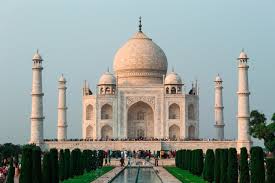MARKHA VALLEY TREK
Region
Trekking in India
Duration
9 Days
Min Group Size
2 people
Ladakh really is a "Little Tibet". Although Tibet is politically part of China today, Ladakh, like parts of Nepal, is situated on the Tibetan plateau. Ladakh has many Tibetan refugees who fled Tibet with the invasion from China. The daunting height of the Himalaya adds to its isolation, even today the main road routes to Ladakh remain closed for more than six months of each year. Until 1979, there were no regular civilian flights into Ladakh so from October to June the region was completely cut off.
Today, it is full of amazing sights - strange gompas perched on soaring hilltops, dwarfed by snow capped mountains, the barren shattered looking landscapes splashed with small, brilliant patches of green and ancient palaces clinging to sheer rock walls. But most of all it is notable for its delightful people - friendly as only Tibetans can be and immensely colorful.
One of the most popular trek in Ladakh – it is a perfect combination of beautiful transhimalayan landscape with ladakhi villages. There are good chances to spot some high altitude wildlife.
Outline Itinerary ( 9 Days )
-
1
Fly Delhi – Leh (3500m)
-
2
Monastery visits in Leh (3500m)
-
3
Drive Leh to Chilling and trek to Skiu (3400m) 4-5hrs
-
4
Trek Skiu to Markha (3700m) 5-6hrs
-
5
Trek Markha to Thachungtse (4150m) 5-6hrs
-
6
Trek Thachungtse to Nimaling (4720m) 3-4hrs
-
7
Trek Nimaling to Shang Sumdo(3660m) over the Kongmaru La (5130m) 6-7hrs
-
8
Drive Shang Sumdo to Leh. 2-3 hrs
-
9
Fly Leh to Delhi
Include
- Twin Share accommodation for 4 nights at Guest House in Leh
- Twin Share accommodation for 4 nights at Guest House in Leh
- All meals on the trip
- Monastery Entry fees, Camping fees
- Full board camping arrangements on the mountain with a large mess tent, tables & stools
- White Magic Trip Leader assisted by certified, experienced, English-speaking guides
- Mules for porterage of personal and group luggage
- All Transport as per the itinerary above
Exclude
- Delhi-Leh-Delhi Airfare
- Sleeping Bag & Items of personal clothing
- Personal climbing equipment
- Air Fares, Visas, Insurance, Airport taxes, laundry, phone calls, beverages and bottled water, souvenirs and other expenses of a personal nature.
- Tips for guides, cooks & muleteers
- Any costs arising out of unforeseen circumstances such as bad weather, landslides, road conditions and any other circumstances beyond our control
Important Information
What to Expect
Low temperatures & high altitudes are going to be our main concerns on this trip and
we must be adequately prepared to deal with them
Temperatures and Climate
Ladakh lies north of the Great Himalayan Range and is hence unaffected by the monsoon clouds which shed all the rain on hitting the Himalayas from the south. On the high plateau of Ladakh, the maximum daytime temperature low down in the valleys would be around 25°C, with night-time lows being around 15°C. At our highest camps, the night-time temperature could fall as low as minus 5°C. At high altitude, the sun has a very strong effect and it will feel hotter than the indicated temperatures. Ladakh usually has very stable weather from June to September. However mountains do generate their own weather systems and some rain or snowfall cannot be ruled out.
Altitude
Once we get up to heights above 3000 m, altitude starts to become a concern and one must deal with it carefully. Our bodies slowly get used to the lower levels of oxygen in the air and the individuals who have acclimatised properly are able to climb to altitudes as high as Everest without any aided oxygen. This process of adaptation or acclimatisation does take time and the most important rule is to gain height slowly. The trip itinerary has been very well thought over and gives everyone plenty of time to get acclimatised. Our trip leaders are widely experienced in these matters and will be able to give you good advice to help minimize any temporary discomfort that you might experience. If you have suffered serious problems at altitude before, you should seek the advice of your doctor or a specialist. We are always ready to give advice on this subject.
Baggage Allowance
You would need to have two bags for the trip – the main baggage and the day pack. Your main baggage on trek will be carried by pack animals and it should not weigh more than 15 kg. You would be walking with your day pack which should be large enough to carry your rain proof gear, a light fleece, water, packed lunch, cameras etc. Day packs which give you an easy access to your water bottles, and some loops to keep your trekking poles etc are far better than plain day packs. It’s a good idea to have slightly larger daypack than a smaller one as you might need to stuff in a lot of extra layers in the bag on the summit afternoon. It is possible to leave clothes or other items not required on trek at the group hotel.
Pre-Trip Conditioning
Good physical conditioning is one of the keys and can make the difference between enjoying an outing and merely enduring it. Being physically ready is more important than years of experience. We suggest that you begin your training program at least a month before the departure. Any form of aerobic training, such as running, cycling, swimming, along with some strength training will help you a lot on the climb. Strength training with a pack is the most valuable thing you can do to prepare yourself. The best method is to go on long hikes or climbs with a heavy pack a couple of times in a week. But since mountains are not easily accessible to most of us, climbing stairs with heavy backpack is recommended
Food
We will have a full serviced camp with camp cooks. On the trek, the food is a mixture of local and European, all purchased in Nepal and cooked for us by highly trained trek cooks. Menus vary from Indian fare to Chinese, pasta, cold cuts, sandwiches, eggs etc. The emphasis is on a high carbohydrate and largely vegetarian diet, which we have found to be easily digestible especially at high altitude. This is a fully inclusive package and all meals are included in the trip price. You might want to carry your favorite snack or some power bars with you for the long trekking days. We will provide you safe drinking water throughout the trek - it will be boiled with a dash of iodine. You could bring things which you enjoy eating -chocolates, power bars, dry fruits, candies, other snacks etc.
First Aid
First aid accompanies each White Magic trip. All trip leaders have appropriate wilderness first-aid training and are experienced in dealing with a range of medical problems associated with adventure travel. We recommend that you bring your own personal medications and inform us of any medical condition, if you have.
Equipment List
At the time of booking you would be sent a detailed list of clothing and other checklist required for the trek.
FAQ's
There are three ways to get a visa for Nepal
- Visa on arrival: You can get a visa on arrival at the Tribhuvan International Airport in Kathmandu or other designated entry points. The visa fee is USD 30 for 15 days, USD 50 for 30 days, or USD 125 for 90 days.
- Online application: You can apply for a visa online through the Nepal Immigration website. https://nepaliport.immigration.gov.np .The visa fee is the same as for visa on arrival.
- Nepalese Embassy or Consulate: You can also apply for a visa at a Nepalese Embassy or Consulate in your home country. The visa fee may be different, so check with the embassy or consulate.
Visa requirements
- Passport valid for at least six months from your planned entry date into Nepal.
- Visa application form.
- Passport-sized photo (Bring 4 )
Gratis Visa (Visa for Free)
Gratis Visa is issued free of cost in case of following categories of Visa applicants:
- Children below 10 years except US citizens
- Up to 30 days for SAARC Citizen - Bangladesh , Bhutan, India , Maldives , Pakistan , Sri-Lanka (except Afghanistan) visiting Nepal for the first time in a given visa Year. Afghan citizen are eligible for Gratis Visa on Arrival only upon the recommendation of Department of Immigration. If you are an Afghan citizen, you can request concerned institution inviting you to Nepal for necessary paperwork with Department of Immigration to get you Gratis Visa 'On Arrival'.
- Non Residential Nepalese(NRN) card holder ( issued by MoFA /Nepalese diplomatic missions abroad)
- Chinese Nationals for 150 days
Nationals of following countries are requested to acquire Visa prior their arrival from their nearby Diplomatic missions (Embassies/consulates) of Nepal Government.
- NigeriaGhana
- Zimbabwe
- Swaziland
- Cameroon
- Somalia
- Liberia
- Ethiopia
- Iraq
- Palestine
- Afghanistan
- Syria
- Refugees with travel document
If your passport is not valid for at least six months, you will need to renew your passport before you travel to Nepal. You can renew your passport at your local passport office. The process of renewing your passport can take several weeks, so it is important to start the process early.
By air:
Nepal has Three international airports: Kathmandu, Bhairawa, and Pokhara. Currently, Pokhara airport does not handle international flights. However, there are a few flights to Bhairawa from few countries. The main international airport in Nepal is Tribhuvan International Airport (TIA), located in Kathmandu. You can search TIA airport to book your International flight.
By land: There are multiple land entry points along the borders of Nepal, India, and China. These entry points include Kakarvitta, Birgunj, Bhairahawa, Nepalganj, Dhangadhi, Mahendranagar, and Kerung(china boarder)
If you've booked a multiday tour or trekking package with Himalayan Social Journey, we'll pick you up from the airport. Upon arriving at Tribhuvan International Airport in Kathmandu, our representative will be there to greet you with a sign displaying your name and our company's name. We'll then take you to your pre-booked hotel.
To make the pick-up process smooth, kindly share your flight details, including flight number and arrival time. If there are any changes to your arrival plans, please inform us as soon as possible so we can arrange your pick-up accordingly. Travel with us for a hassle-free experience!
Please keep this thing in your mind that there are some airport touts and scam artists who take advantage of tourists. They might offer to carry your luggage and they want a large amount of money. Sometimes they intimidate our drivers and even take away their signs. Anyway...if you want someone to help you with your luggage you can give them NOT MORE THAN 1 - 2 DOLLARS. This is a small hassle that tourists sometimes face upon arrival at the airport. Do not stress about this but just be aware not to give more than a few dollars for their luggage handling if you choose to take someone's services. Nepalese in general are very kind and hospitable people.
The official currency of Nepal is the Nepalese rupee (NPR). Major foreign currencies such as USD, AUD, and EURO are accepted for VISA.
There are plenty of ATMs in these major cities, so you can easily withdraw cash from your foreign currency bank account. Credit cards are also accepted in some shops and restaurants, but they are not as widely accepted as cash.
On the trek, you will only need to use Nepali rupees. You can exchange your foreign currency for Nepali rupees at your hotel, money exchanges, or the airport. Himalayan Social Journey representatives will also be happy to help you exchange money.
If you have booked a trekking or multi-day tour with Himalayan Social Journey, the orientation meeting usually happens at your Kathmandu hotel around 4 or 5 pm. Our team will provide you with the specific details upon your arrival.
If you're arriving early or leaving late, please ensure to arrange extra hotel accommodations by contacting reser[email protected]. Let us know if you'll be extending your stay in Nepal, and we'll book your additional nights. Also, kindly share your flight details with us to facilitate a smooth pick-up and drop process.
When you book a trip with us, the standard accommodation arrangement is on a twin-sharing basis. This means two people will be staying in each room throughout the trip. However, if you prefer to have a room to yourself or if you're traveling alone, you can choose the "single supplement" option. By selecting this option, you'll have a private room during the trip, but please note that there will be an additional cost for the single room arrangement according to tour / trek.
For each tour date, there will be several separate groups, each with a maximum of 14 people and their own experienced English-speaking guide. During the trek, there will be a suitable number of porters available to carry your luggage. Additionally, if you prefer to do a private tour or trek with your own group, that is also possible.
Nepal has five main seasons: summer, monsoon, spring, autumn, and winter. Each season offers unique experiences and weather conditions.
Winter (Late Dec - Feb): Cold temperatures, great for festival tours and special highlights.
Spring (Mar - May): Magical rhododendron blooms, ideal for trekking and peak climbing.
Monsoon (Jun - Aug): Low season with rain, but perfect for nature lovers and discounts on hotels.
Autumn (Sep - Nov): Peak season, clear weather, and popular trekking regions fill up fast.
You can check the live weather condition via this website https://www.accuweather.com
The hotel in Kathmandu where you'll stay during the trip offers complimentary storage services. You can leave your luggage and extra clothing that you won't need for the trekking / tour. Rest assured, you can collect them once the trek and tour are over.
Don't forget to bring both TWO and THREE-pin travel adapters! If you don't have them, you can purchase them at supermarkets or electronic shops in Kathmandu. Our guide will be there to assist you if needed. You can get information about plug and voltage in below link.
Most places in Nepal are covered by mobile network providers, especially Ncell and Nepal Telecom. You can use data services for communication. You can buy a SIM card at the airport counter. There are also free and paid Wi-Fi services in most tea houses in Nepal during trek.
Here are some tips for staying connected while you are in Nepal:
- Buy a SIM card as soon as you arrive in Nepal. This will give you access to data services and allow you to make calls and send text messages.
- Check the coverage map of your mobile network provider before you travel. This will help you to know where you can expect to have good reception.
- If you are planning on visiting remote areas and need to be in connected on Internet , you may want to consider renting a satellite phone. This will give you access to communication even in areas with no mobile network coverage.
- There are many free and paid Wi-Fi hotspots in Nepal. You can find these at hotels, tea houses, restaurants, cafes, and even some temples.
If you would like to book extra activities such as Paragliding, Bungy jump, Mountain flight, Heli Tour , Bhaktapur Sightseeing many more programs. You can find updated price and program detail in this link: https://hsj.com.np/tourtype/daytours. You can book by contacting us at [email protected] For longer excursions such as Bhutan, Tibet, India, and any other treks also, we can help but please contact us immediately at [email protected]
If you have purchased a voucher from any deal company, please come in contact with us with the voucher code (redemption code) so that the voucher can be redeemed on time. Since we need time to purchase your domestic air ticket and make other arrangements, kindly confirm your spot with your suitable date at-least 2 months prior to the commencement of the tour. Your booking on a particular tour date is subject to availability of spots. You can redeem you voucher through this link too : https://hsj.com.np/voucher-redemption
A typical suggestion for tipping is to allocate around USD 50-60 for the guide and porter if you're happy with their service. However, the amount you decide to tip is entirely up to you, and you can give whatever you feel is appropriate based on the excellent service they provided during your tour / trek
Packing List for Tour:
Pack appropriate clothing for the weather conditions during your visit. Include comfortable walking shoes, a hat, sunglasses, sunscreen, and insect repellent. Don't forget essential travel documents, a camera, and any necessary medications.
Packing List for Trekking
Hiking
- Trekking Poles - 1
- Daypack - 1
- Backpack - 1
- Packcover
- Water Reservoir - 1
Sleeping
- Sleeping bag - HSJ will provide
- sleeping bag liner
Clothes
- Underwear - 3
- Socks - 3
- Bra - 3
- base Layers pant - 1
- Trekking Tshirt - 3
- Trekking Pants - 2
- Rain Pants - 1
- Hiking Shoes/ Boots - 1
- Gloves - 1
- Hat - 1
- Down Jacket - 1
- Wind Breaker - 1
- Sandles -1
Miscellaneous
- Sunglasses - 1
- Books or E-reader (optional)
Hygene/Saftey
- Microfiber towel - 1
- Toothbrush - 1
- Toothpaste - 1
- First aid kit - 1
- Medicine kit -1
- sunscreen -1
- sewing kit -1
- Soap/shampoo - 1
- Comb or brush - 1
- Period supplies - 1
- Toilet paper - 1
- sanitising gel - 1
Electronices
- Camera
- Phone
- Extranel Hardrive (optional )
- Head touch
- Power bank for charging Phone
Packing List for Climbing:
Clothing
- Trekking boots
- Short-sleeved trekking shirts
- Trekking pants and jackets
- Thermals underwear
- Long-sleeved Trekking shirts
- Insulating down jackets
- Woolen cap
- Trekking Gloves
- Raincoats
First Aid
- Diamox tablets
- Sanitary pads and tampons
- Anti-nausea Medicines
- Band-aids
- Mosquito and insect repellents
Toiletries
- Soap
- Toilet Paper
- Shampoo
- Sunscreen
- Hand sanitizer
Accessories
- Sunglasses
- Sleeping bag
- Cameras
- Batteries
- Water Bottle
- Solar Chargers
- Hot water thermos
Important Documents
- Passport
- Travel Permits
Peak climbing gears (HSJ will provide)
- Climbing Helmet: Choose a good-quality climbing helmet. Make sure your warm cap fits under your helmet.
- Climbing Boots: High-altitude, insulated, stiff-soled climbing boots.
- Crampons: C2 crampons that fit the climbing boots.
- Climbing Harness: Good-quality climbing harness.
- Ascending device or Jumar
- Descending or belay device
- Tape sling: UIAA tested a 220cm open tape sling or a 2 x 120 cm closed tape sling.
- Carabiners: 2 x lockable carabiners. 2 x non-locking carabiners
- Prusik loop: Best quality Prusik loop
- Ice ax: An ice ax with a wrist strap for climbing
If you cancel the trip for any reason, the 20% deposit amount will not be refunded. If you have paid the full trip amount and need to cancel, you will receive your money back, but a cancellation charge of 20% will still apply.
For voucher holders who purchased vouchers from deal companies, we must adhere to their cancellation policy. However, under both circumstances, we are flexible and can reschedule your trip for a later date. To cancel any trip, please make sure to provide written notification of your cancellation.
Sometimes travellers are unable to finish the scheduled trek/tour due to the various reasons or they ended up not completing the trek/tour for health or personal reasons. In this case please realize that we cannot offer you any refunds for unused days on the tour. You have to understand that our costs are the same as we have an obligation to pay our guides , porters, drivers for the time they have committed.
Our commitment is to offer you an unforgettable journey with the best services. We take our responsibilities seriously and conduct all programs in Nepal according to the rules and regulations of Nepal Goverement. If needed, we can provide alternative itineraries for a delightful holiday experience. Feel free to reach out to us if you have any questions or concerns. We're here to help!
Extra prices:
- Instant Online Booking
- Privacy Protected
- Guranteed Departure
- Group Discount Available
Let us help you decide Inquiry
Let us help you decide Inquiry

